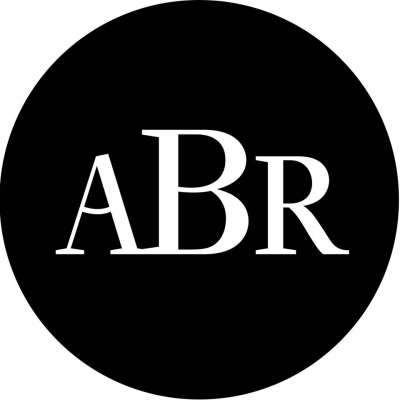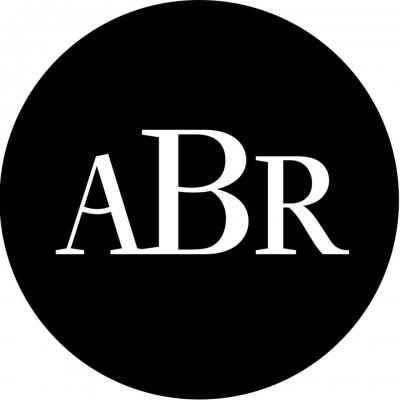Survey
Dennis Altman
It is always tempting to use this opportunity to draw attention to books that may have been somewhat neglected, and looking back over 2012 three books stand out: Russell Banks’s Lost Memory of Skin (Ecco), Kim Westwood’s The Courier’s New Bicycle (Harper Voyager), and ...
Patrick Allington
The year, for me, has been dominated by wonky donkeys and dancing kangaroos. As for books for adults, I read more fiction than non-fiction – and, with accidental parochialism, more Australian than international novels. Frank Moorhouse’s Cold Light (Vintage, see the November 2011 ABR review [11/11]), especially its majestic ending, ...
Patrick Allington
While I have been rather underwhelmed by much of the non-fiction I’ve read in 2010, it’s been a terrific fiction year. Although published in 2009, I can’t go past Marie Munkara’s début book, Every Secret Thing (University of Queensland Press, reviewed 4/10, ABR), connected stories set on an island mission. Munkara writes bril ...
Historian John Nicholson has never written about war or sport – two of the pillars of Australian identity – yet he remains our leading writer of history for young people. I reviewed Songlines and Stone Axes (ABR, April 2007), the first book in a five-volume series of trade, transport, and travel within Australia. The book won the Young People’s History Prize in the 2007 New South Wales Premier’s History Awards, recognition that should ensure a wider audience. Songlines and Stone Axes revealed the extensive symbolic and material exchange within and between Aboriginal and Torres Strait Islanders, blending patient research of scholarly journals with a firm sense of what will catch a younger reader’s interest and imagination. The book requires readers to re-examine their understanding of Australia’s first people, and reflect again on the country that Europeans entered.
... (read more)Don Anderson
Don Watson’s Recollections of a Bleeding Heart: A portrait of Paul Keating PM (Knopf). Gripping narrative; gripping drama. Plenty of heart; plenty of blood on Canberra carpets. Fond picture of possibly Australia’s last Labour prime minister. Sylvia Lawson’s How Simone de Beauvoir Died in Australia: Stories and essays (UNSW Press). Complex, spacious, committed, convincing, intellectually riveting speculations and reflections. And, finally, anything by Peter Temple, an outstanding crime fiction novelist who combines true grit and a college education with the smells of the city (Melbourne). Try Shooting Staror Dead Point (both from Bantam).
... (read more)Never far from one’s mind these days, the events of September 11, 2001, and their direct aftermath in Afghanistan and elsewhere, had to be prominent in this month’s issue of ABR, such is their complex resonance and ubiquitous iconography. To complement Morag Fraser’s essay in this issue on the consequences of ‘September 11’ for civic ...
Don Anderson
Donald Home’s Looking for Leadership: Australia in the Howard Years (Viking) gives us an octogenarian social commentator in youthful form. Unlike our leaders, Home translates difficult ideas into something with connections to human lives. John Forbes’s Collected Poems (Brandl & Schlesinger) is an invaluable collection of work by a major poet – Sydney’s finest since Slessor. Southerly (edited by David Brooks and Noel Rowe) is a senior citizen reborn. Decades ago, an eminent Catholic historian described Southerly as ‘the undertakers’ journal’. It is now firmly in the land of the living, and balances scholarly essays, matters of record, and imaginative literature.
... (read more)Would it surprise you to know that a number of our well-known writers write to please themselves? Probably not. If there’s no pleasure, or challenge, or stimulus, the outcome would probably not be worth the effort. If this effort is writing, it seems especially unlikely that someone would engage in the activity without enjoying the chance to be their own audience.
... (read more)



